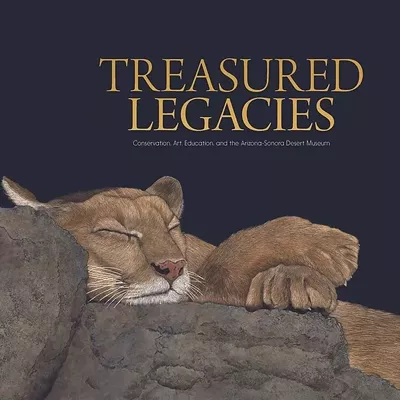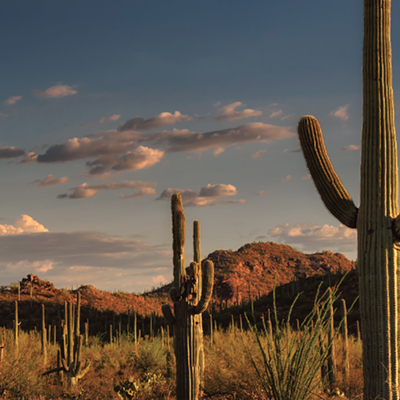In the Disney manner, Laxalt's animal characters are described as if they were human; they wake up "out of sorts with the world" and feel pleasure, rage, joy and disgust. Mostly, though, they just feel bad. It's Old Yeller territory from the get-go, as Laxalt unleashes an apocalyptic vision of plague and terror on the rugged landscapes of the High Sierra, one from which no animal--and, soon, no human--is safe.
The rabies epidemic comes, hellishly enough, from the depths of the earth, carried by a bat that emerges in broad daylight and flies straight into the face of a bemused coyote, drawing blood with its foam-flecked fangs.
Joined by diseased lynxes and mountain lions, the coyote passes the virus along the food chain, attacking dogs, sheep and horses. The sheep and horses suffer and die in agony, the dogs turn on their human masters, and the remote ranches of Nevada become a backdrop for a ghastly, elemental struggle for survival.
Against this blood-washed setting stands a knot of stalwart Basque, Mexican and Anglo ranchers, who do their "lonely servitude in the deserts and mountains of Nevada," battling legions of predators to bring their lambs and calves to market. Life is already hard for these hard-working country people, and the arrival of the rabies epidemic brings some of Laxalt's characters to the breaking point. Some abandon their herds and flocks, some fall victim themselves to the ravaging virus, and all live in fear.
But most fight back, making decisions good and bad, arming themselves with hypodermic needles and rifles, firing and jabbing until "the desert hills were littered with the bones of coyotes, bobcats, wildcats, mountain lions, and even skunks." Laxalt's grimly realistic portrayal of their struggle highlights the bravery and self-sufficiency that are required to live on the edge of wilderness, a place where just about anything can and does happen.
Laxalt's novella suffers from occasionally clunky prose ("The coyote for sure was actually going to attack the sheep"), anachronisms (it's unlikely that a Basque shepherd of the 1920s would utter the Yiddishism "We're talking epidemic"), and a too-abundant scattering of clichés ("It could spread like wildfire," "He found himself on the horns of a dilemma"). Readers may wish, too, that Time of the Rabies ended on a somewhat less anticlimactic note, though that muffled finale is certainly believable.
Yet, despite its shortcomings, Laxalt's tale is an effective updating of the classic formula Western, in which a simple, morally charged drama plays out in a harsh, unforgiving setting--and in which somehow, miraculously, the good guys prevail.








